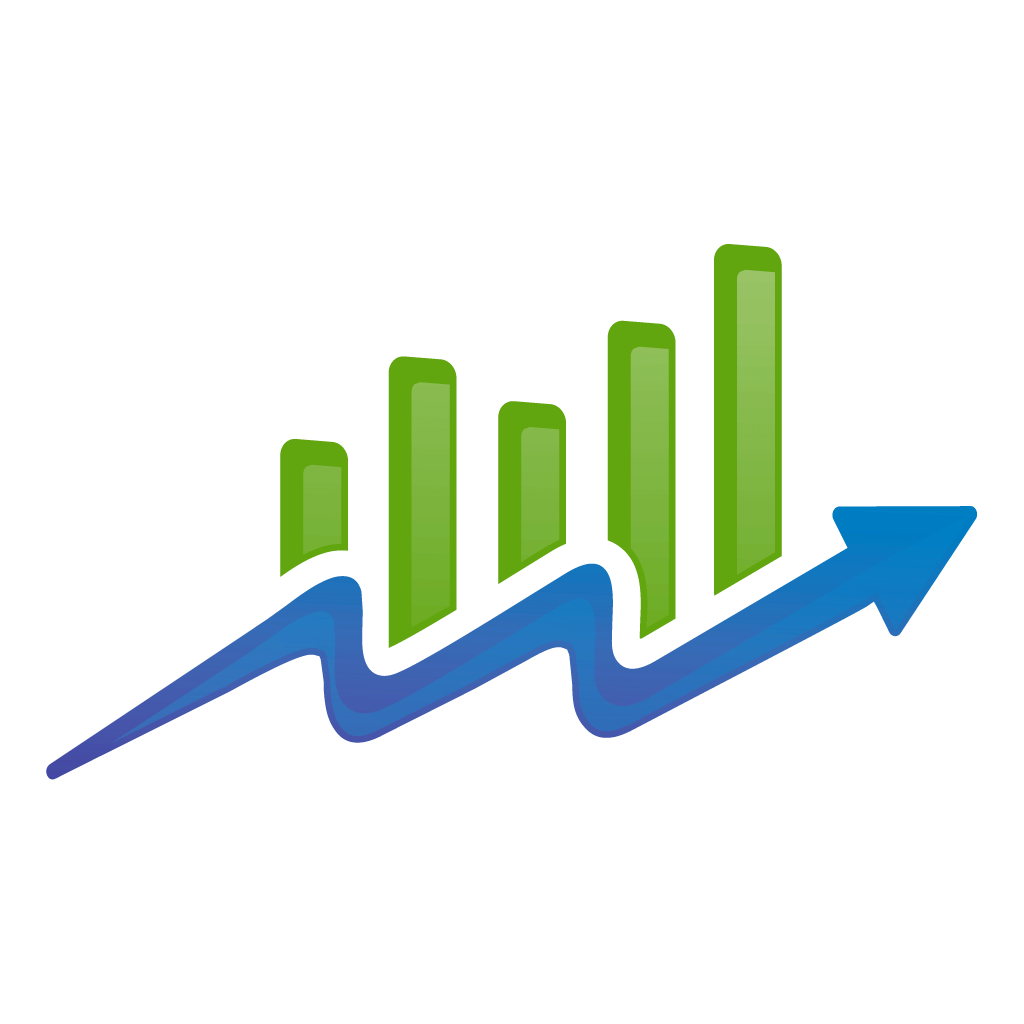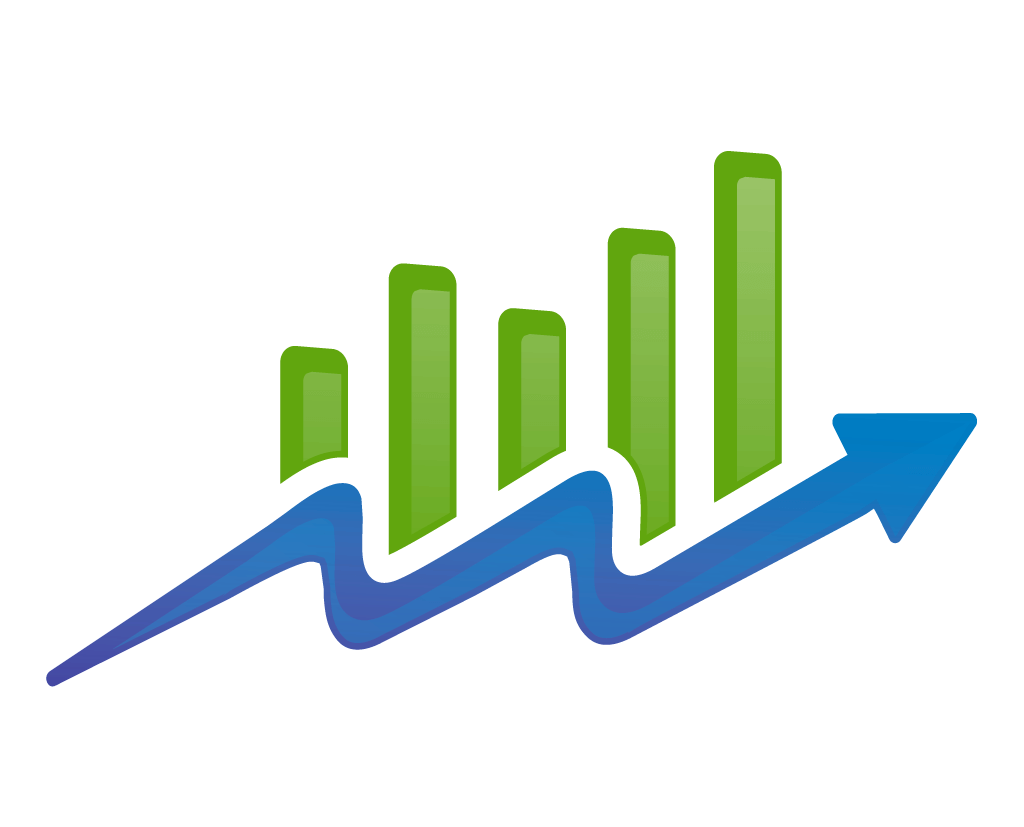Digital marketers and SEOs both know the value of creating long-lasting evergreen content that’s able to drive and sustain traffic.
But, as time goes on, content can decay, weigh down your website, and begin to affect its SEO. These are not words any content marketer wants to hear, but it’s the harsh reality of our line of work.
In this article, I’m going to explain content decay and how to identify it early on. Then, I’ll discuss ways to update old content and how often you should do it. But first, let’s revisit why updating old content is actually beneficial to your website.
Why should you update your old content?
Search engines like Google and Bing use bots to crawl, index, and rank websites in their search results. By updating old content and optimizing for SEO, you’re increasing your crawl rate by bots. The more frequent your content is crawled, the more visible it becomes to search engines.
Tip: There is a way to see the last time Googlebot viewed your content. Simply search your blog on Google, click the drop-down arrow next to the URL, then click ‘cached.’ You’ll get an exact time and date of Google’s last indexation of the webpage.

Updating old content also increases its attractiveness to readers. Let’s face it, fresh and consistent content will always win over stale and outdated content. Savvy content marketers often update and optimize old content to protect from content decay.
What is content decay?
Content decay is the natural decline of webpage traffic over time, and any content marketer who regularly uses Google Analytics knows this.
Web traffic can be extremely volatile. Certain days of the week yield more traffic than others, certain months (especially if they contain holidays) decline in traffic, and of course, Google algorithm updates have their effects as well.
In a nutshell, it’s completely normal for traffic to fluctuate on a regular basis.
However, the first signs of long-term content decay are when traffic steadily decreases over the course of a few months. More specifically, this could be anywhere from 15 to 40 percent (or higher) decrease in traffic month-over-month, although, these numbers could differ based on an article’s previous traffic performance.
Below is a visual representation of what content decay looks like using a real example of one of our own articles.

You can see traffic was sustained after the initial crawl in October 2018 but began to fall in late May 2019. Month-over-month traffic was coming to a screeching halt, making this article a good candidate for updating and optimizing.
Something important to note: Don’t confuse sharp losses in traffic for content decay. These are more than likely regular peaks and valleys that occur with Web traffic. However, keep an eye on articles that display this behavior and be sure to check-in after a few weeks before updating.
How to update your content
Now that you have a basic understanding of content decay and how to identify it, here are a few actionable ways to update old content.
Refocus on keywords
One of the most important tools of the trade for any content marketer to have is a go-to SEO software like Moz, Ahrefs, SEMrush, and other similar tools. These tools provide important SEO insights, especially when it comes to keyword research.
Run your old content through an SEO tool and see what keyword gaps exist. Perhaps an article was published years before your team licensed software. Maybe your keyword research process has drastically changed. Your old content may not even be hitting their target keywords. You won’t know until you take time to refocus.
Reformat headers
Google search has evolved from its early days of being keyword-centric to now being more user-centric, which is why your H1, H2, and H3 tags need to make sense semantically while targeting keywords.
Ask yourself, “Is this how I would search for a particular topic?” Conducting more thorough keyword research should help inform that answer.
Tip 1: Structure your headers in ways that make the most sense to the reader. For example, if your H2 is “time management tips,” then your subsequent H3s should be individual tips that are semantically focused.
Tip 2: Try to answer queries clearly under each header. For those unaware, content beneath header tags can be pulled as featured snippets on Google, which is the highest possible ranking in their search results. Here’s an example from one of our articles pulling the featured snippet for “how much do YouTubers make?”

Clear, concise, and informative content. That’s what users and search engines are looking for.
Rewrite meta descriptions
Google may not consider meta descriptions as a ranking factor, but it does look at the click-through rate (CTR) when testing the quality of its search results. This means you should assume the role of an advertising copywriter when updating meta descriptions.
What will convince someone to click-through to your website after reading the meta description? How does your old meta description stack up against those currently ranking on page one of search engines? It’s time to get creative and run a few variations by your team.
Try new headlines
The digital age has put more content in front of us than ever before, but it has also made us more impulsive. This is why 8 out of 10 people never read past the headline when it comes to digital content, giving marketers only a 20 percent chance at reeling in traffic. So, in addition to rewriting meta descriptions, consider updating your article headlines to make them more intriguing.
What makes a headline stand out?
- Try creating a list-based article with clear expectations for the reader. For example, “20 SEO Tips For Today’s Marketers.”
- Include the current year in the headline to show relevance. For example, “Top SEM Trends to Look For in 2021.”
- Experiment with “bait” headlines that make your article irresistible. For example, “5 Email Subject Lines with Perfect Open-Rates.” Just don’t deceive your audience and ensure the headline matches what the reader will learn when clicking-through.
Optimize images for SEO
First things first, does the content you’re updating even have images? If not, that’s a good place to start. According to Search Engine Journal, content containing visual elements like images or video receive up to 94 percent more views.
Some other image SEO tips include:
- Use images that resonate with your brand and its audience.
- Compelling images like custom infographics are good for brand authority.
- Branded images are good when showing up on Google image results.
- Be descriptive when writing alt-text for your images.
Some other tips for updating content
After making your way through the tactics described above, there are still a few more things you should be conscious of when updating old content.
First, make sure you’re changing some of the actual on-page content. For example, if you’re referencing an outdated study, try to find a newer, more relevant one. If your content is outdated, it serves little purpose to your audience.
Next, check through each outbound website that you’re linking to and make sure none of the links are broken. Linking to 404 error pages is, at the very least, a poor user experience.
Speaking of links, are you keeping internal links in mind? If not, it’s time to start.
Always be sure to include links in your own content, to other relevant pages and posts on your own website. Having a solid interlinking structure helps search engines understand which pages are most important on your website.
If you follow all of my tips when updating old content, you’re bound to see some positive results.
As a matter of fact, here’s an updated screenshot of the traffic on that very same article I referenced earlier. See for yourself what happened after I updated and optimized it…

How often should you update your old content?
While there’s no hard-and-fast rule when it comes to updating content, a good starting point might be doing quarterly check-ups on older articles to look for signs of content decay.
Articles that are able to sustain traffic pass the test. Articles on the downward trend should be closely monitored (based on their importance to your overall traffic).
Which type of content should you update?
Not all content is created equal, thus, not all old content on your website will need to be updated. Consider some of the questions below when creating an optimization list:
- Is the content still relevant to your business?
- Does the article have a higher search volume potential than it’s currently getting? You can measure this by running it through an SEO tool, but remember, not all articles have the same ceiling.
- Is the article’s purpose to gain organic traffic, or is it more of a social/sales play? Remember, not all content needs to be positioned solely for organic traffic.
- Did the article have previous success gaining traffic? If not, this could be a sign you need to retarget keywords and/or acquire more backlinks.
Wrapping up
Modern content marketing strategies cannot rely on the old “set it and forget it” way of work. Content is dynamic and a new story is told every day through a variety of data points.
The best marketers are able to use this data to inform them of content decay and take the right steps toward reinvigorating their content.
Make good use of the content marketing strategies, tips, and tricks mentioned above to give your old content a fresh coat of paint and a healthy boost in traffic!
Guest Author
Devin Pickell
Devin is a Senior Content Marketing Specialist at G2 writing about data, analytics, and digital marketing. Prior to G2, he helped scale early-stage startups out of Chicago’s booming tech scene. Outside of work, he enjoys watching his beloved Cubs, playing baseball, and gaming.








